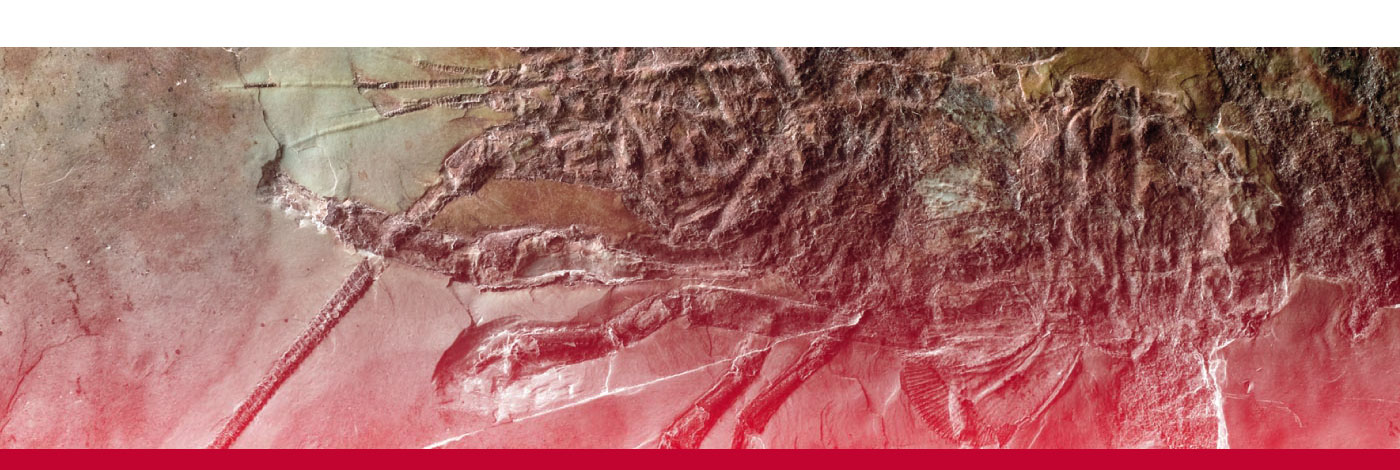
 Geodiversitas
20 (4) - Pages 643-662
Geodiversitas
20 (4) - Pages 643-662The Late Carboniferous/Early Permian sequence in the Carnic Alps (Austria/Italy) is a more than 2000 m thick succession of shallow marine clastic and carbonate sedimentary rocks. The succession unconformably overlies the folded Variscan basement and is divided into Bombaso Formation, Auernig Group, Rattendorf Group, and Trogkofel Group. Auernig Group and Rattendorf Group are characterized by clastic-carbonate cycles related to Gondwana glacioeustatic sea level changes. Carbonates contain abundant fossils throughout the sequence, biostratigraphy is mainly based on fusulinids. Fine-grained clastic intervals contain abundant plant fossils, allowing a close correlation with fluvial succession of the Eastern Alps (Stangnock Formation of the Gurktal Nappe). Fusulinids of the Carnic Alps show high similarity with those of the Russian Platform, Donets Basin and Predonets Trough, Southern Urals and particularly with Central Asia. Uppermost Moscovian, Kasimovian, Gzhelian, lowermost Asselian, late Asselian, Sakmarian and Artinskian equivalents are established and precise correlation with stratotype regions have been completed. Fusulinid, conodont and plant fossil data well correspond with each other.
Peri-Tethys, Late Carboniferous, Early Permian, Carnic Alps, facies, biostratigraphy, fusulinids, conodonts, plant fossils